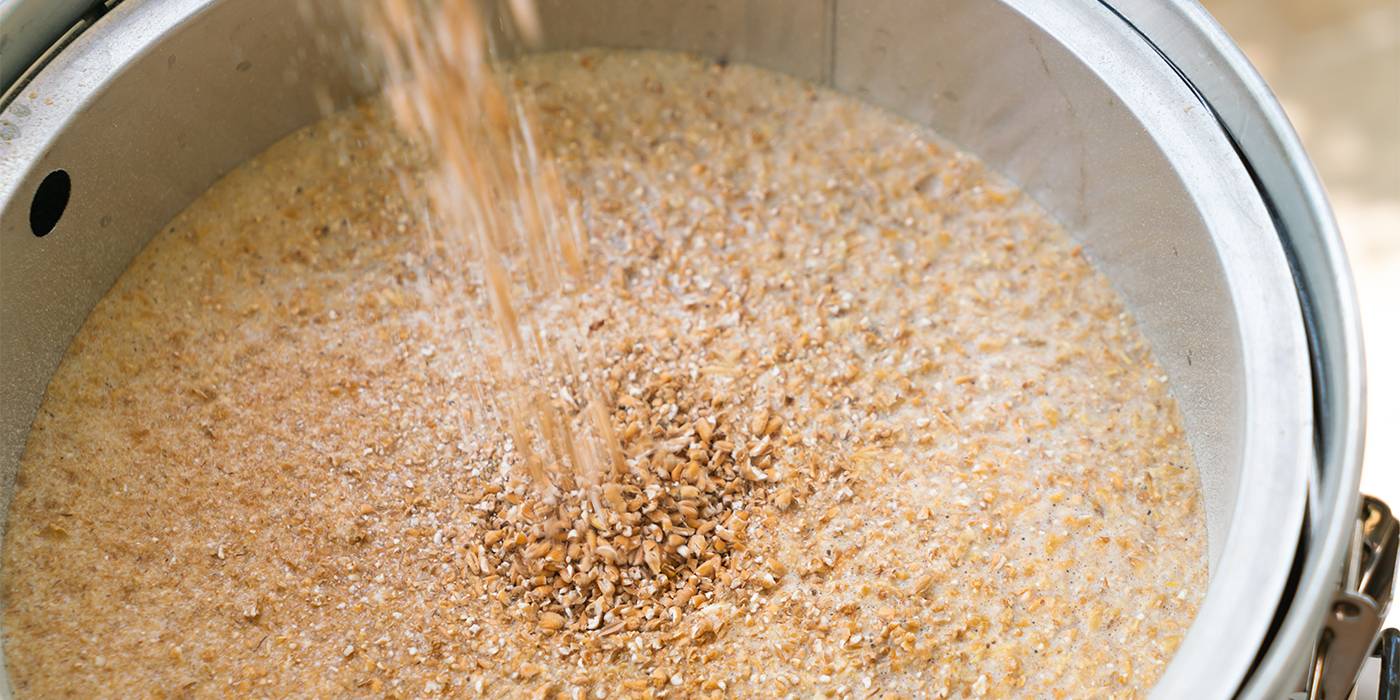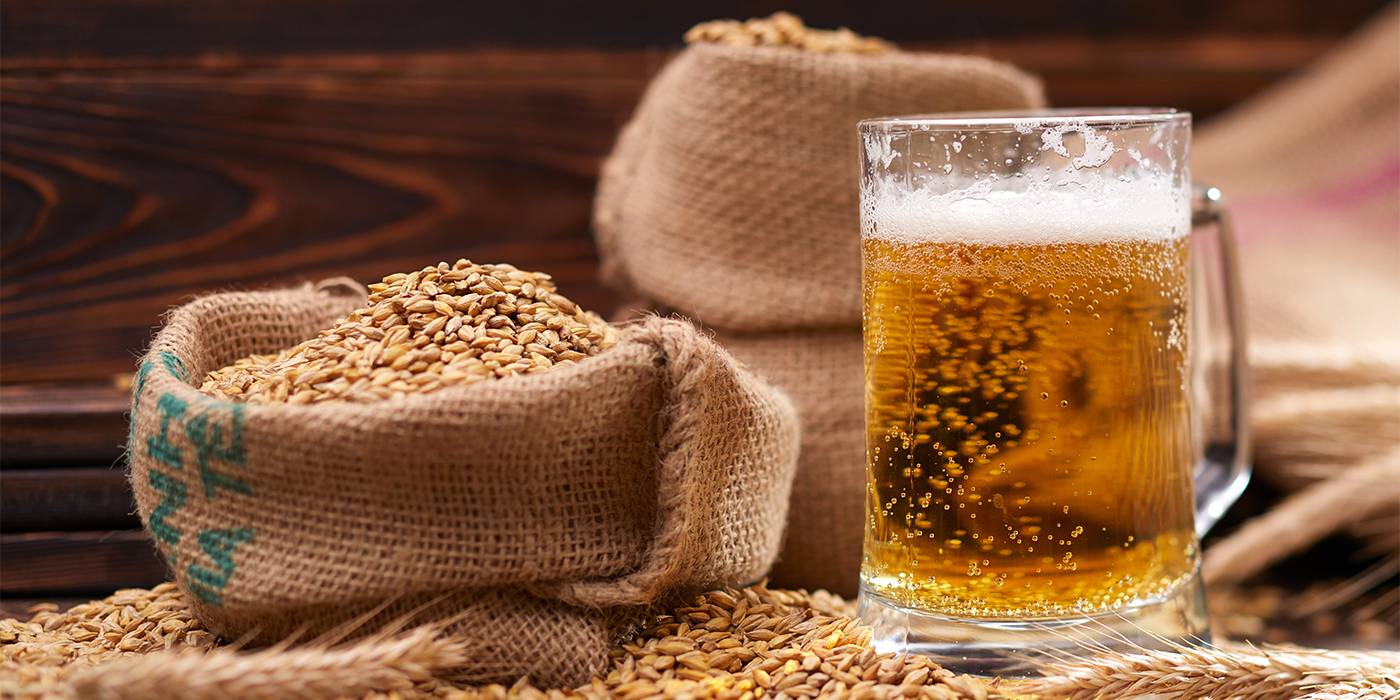Diacetyl in beer: what it is and how it appears
Discover in this interesting article how to avoid diacetyl in beer and why you should take this into account. At Consum we tell you.

Julio Cerezo - Beer Sommelier
Director of Sabeer Beer Academy
Diacetyl is a natural product that can be found in certain foods, including beer. Produced during the yeast fermentation process, diacetyl must mostly disappear during the maturation of the beer, a stage prior to packaging and consumption.
Sometimes and due to different causes this does not happen, leaving an amount of diacetyl above what is recommended. Although the unexpectedly high presence of this element does not pose any type of risk to health - in fact diacetyl is used in some food products as a flavoring - the truth is that the aroma and flavor it provides can prevent us from enjoying our beer, Let's see why.

The aroma of diacetyl is perceived very similar to that of butter, hence its use as an ingredient in the manufacture of margarines, to try to imitate the flavor of this dairy product. This aroma, at moderate intensity levels, goes unnoticed when we drink our beer, since it is below the perception threshold. But when the level of diacetyl is higher, we can detect and identify it if we have a trained sense of smell. It is also possible that we will not be able to identify it, but in all cases we will find our beer “strange” and unpleasant, with a flavor that will remind us of popcorn.
Brewers take care of their brews so that this does not happen, but sometimes it is inevitable that small errors during fermentation, problems with the vitality of the yeasts or insufficient resting of the beer before going to market, give rise to these notes. unwanted on our palate.
Diacetyl can also appear due to contamination of the beer with pediococcus, a bacteria that not only causes that buttery aroma but also modifies the perception of the texture of the liquid, making it more pasty in an unpleasant way. No matter how unappetizing this contamination may be, it still does not represent any health problem for consumption.

Finally, we must bear in mind that certain styles, such as Czech Pilsners, allow a higher level of diacetyl than others, so detecting the aroma in them will not necessarily be a defect.
Cheers!
What do you think about?
Share comments, opinions and tricks with the Community







